Ultimate Guide to Choosing the Right Industrial Plastic Trays for Your Business
In today's fast-paced industrial landscape, selecting the appropriate packaging solutions is critical for operational efficiency and product integrity. Industrial plastic trays, known for their durability and versatility, have become an essential component in numerous sectors, from food processing to pharmaceuticals. According to a report by Smithers Pira, the global plastic trays market is expected to grow significantly, reaching a valuation of over $5 billion by 2026, driven by increasing demand for lightweight, recyclable, and cost-effective packaging options. As businesses strive to enhance their supply chain performance and sustainability efforts, understanding the intricacies of choosing the right industrial plastic trays is paramount. This ultimate guide aims to provide valuable insights and actionable tips to help you navigate the myriad of options available and make informed decisions that align with your business objectives.
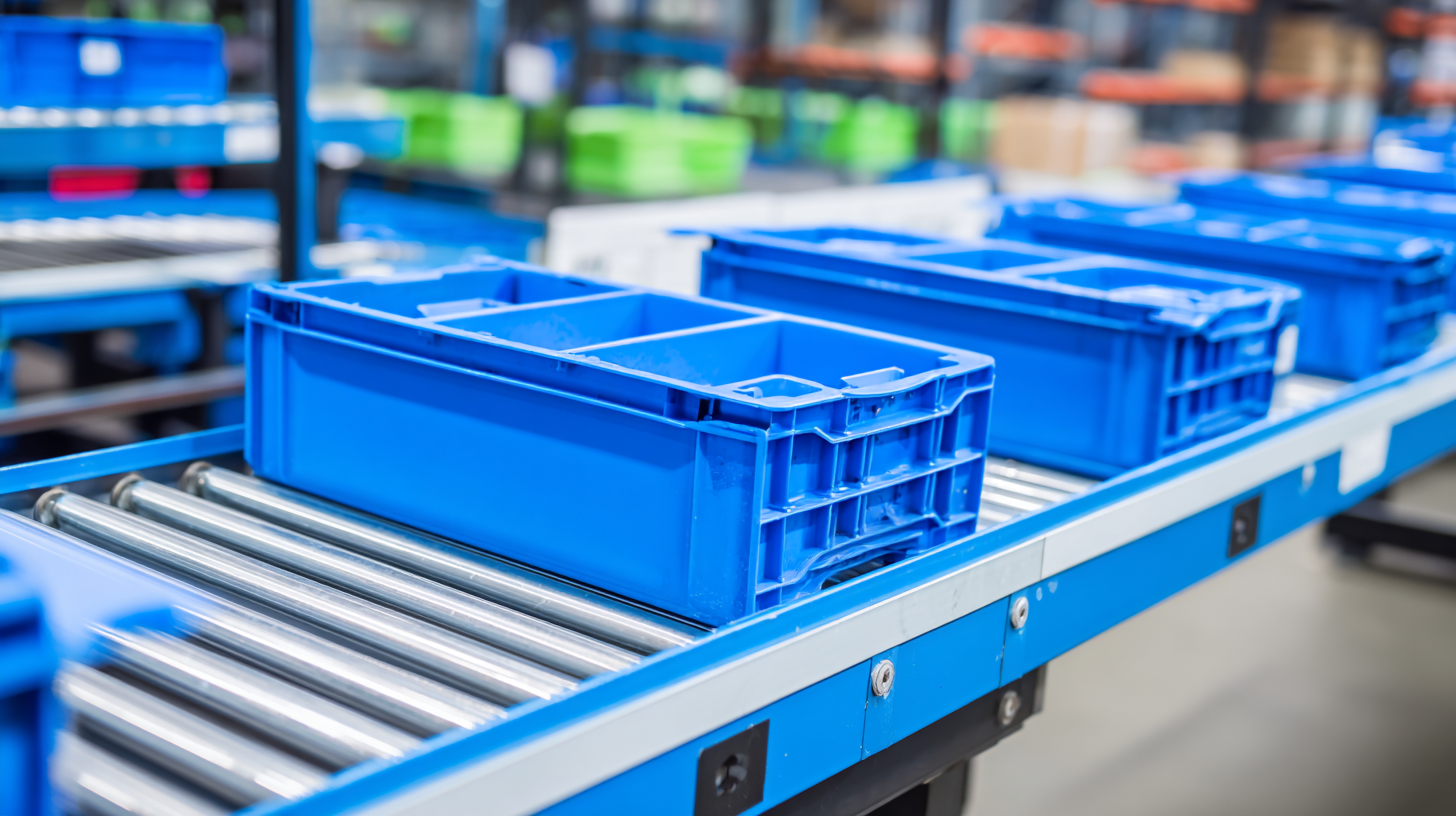
Key Considerations in Selecting Industrial Plastic Trays for Specific Applications
When selecting industrial plastic trays for specific applications, it's crucial to consider factors such as material compatibility, size, and design features. Different industries require different types of trays based on the nature of the materials they handle. For instance, trays made from chemically resistant plastics are essential in the pharmaceutical and laboratory sectors, where exposure to harsh substances is common. Understanding the specific environment in which the trays will be used helps ensure durability and performance.
Another key consideration is the size and shape of the trays. Trays must fit seamlessly into existing workflows and equipment, maximizing space and efficiency. Custom sizing options can be beneficial for businesses with unique operational needs. Additionally, certain design features like stackability and drainage holes can enhance functionality, making it easier to store, transport, and clean the trays. Assessing these elements early in the selection process will lead to more effective and reliable solutions tailored to your industry’s demands.
Understanding Different Materials Used in Industrial Plastic Trays
When selecting industrial plastic trays, understanding the different materials is crucial for optimizing efficiency and durability in your business operations. The two most commonly used plastics are polyethylene (PE) and polypropylene (PP). According to a report by Grand View Research, the global plastic trays market is projected to reach USD 44.23 billion by 2025, indicating a strong demand for high-performance materials. Polyethylene trays are well-known for their excellent chemical resistance and impact strength, making them ideal for various applications, including food processing and storage logistics.
On the other hand, polypropylene trays offer superior thermal resistance and versatility, catering to industries that require enhanced rigidity and moisture resistance. The same research highlights that the food and beverage sector accounted for a significant share of plastic tray usage in 2020, emphasizing the need for materials that can withstand rigorous cleaning processes and temperature fluctuations. Understanding these material properties allows businesses to choose trays that not only meet their operational needs but also comply with industry standards, ensuring longevity and reliability in their supply chains.
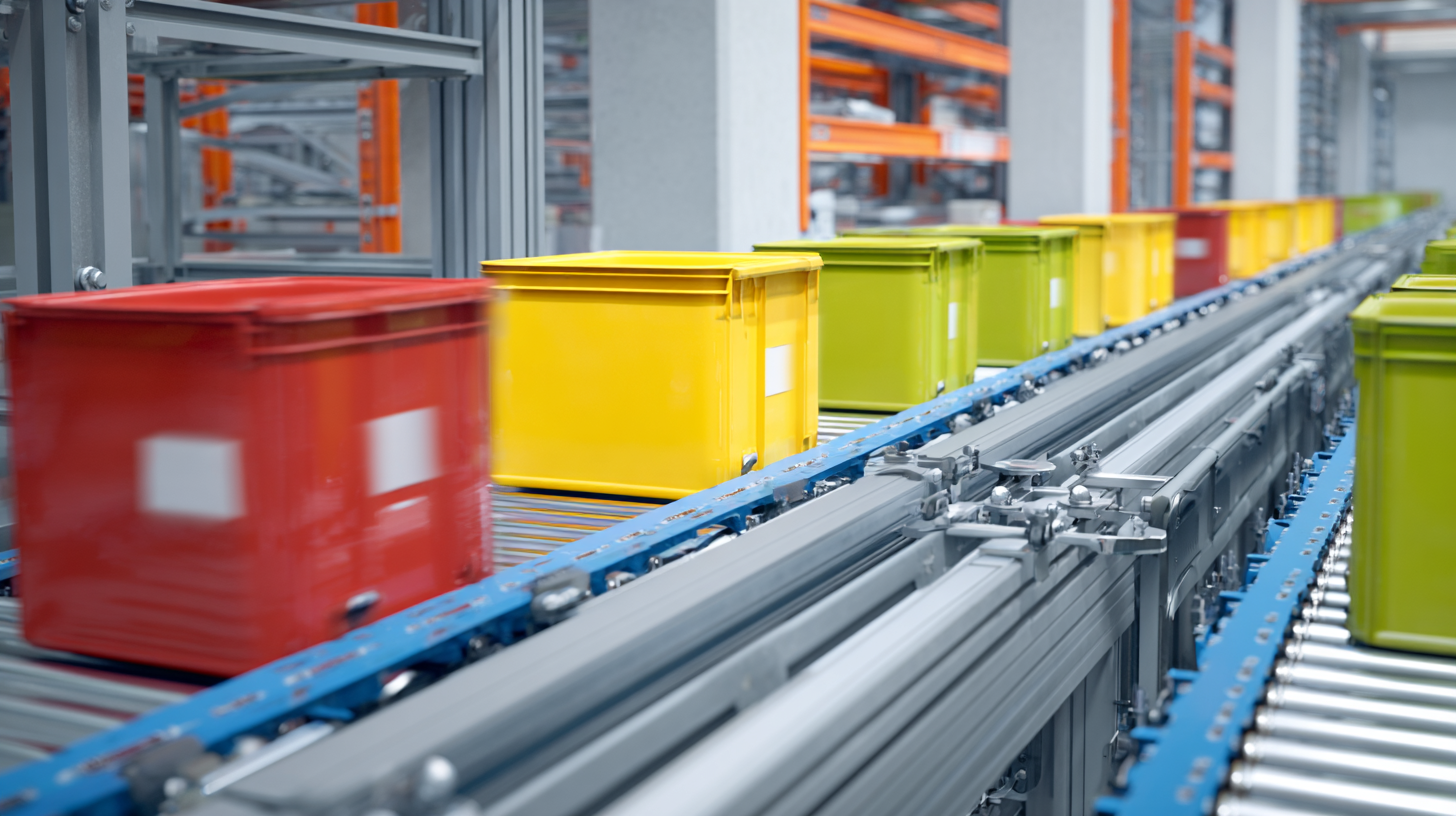
Evaluating Size and Shape Options for Optimal Space Utilization
When selecting industrial plastic trays, evaluating size and shape is paramount for optimal space utilization. According to a recent report by the Plastics Industry Association, efficient space management can lead to a 20% increase in operational productivity. Businesses must consider both the dimensions and the layout of trays to maximize their storage and transport capabilities. For instance, square trays often provide a denser packing solution compared to round trays, allowing for better use of available space in warehouses or production lines.
Moreover, the choice of tray size can affect the efficiency of material handling. A study by the Packaging Machinery Manufacturers Institute indicates that using standardized tray sizes can streamline automation processes, reducing the time required for sorting and packing by up to 30%. Understanding your specific needs—such as the type of products to be stored or transported and the workflow design—can significantly influence the decision-making process, ensuring that the selected trays enhance both space efficiency and operational workflow.
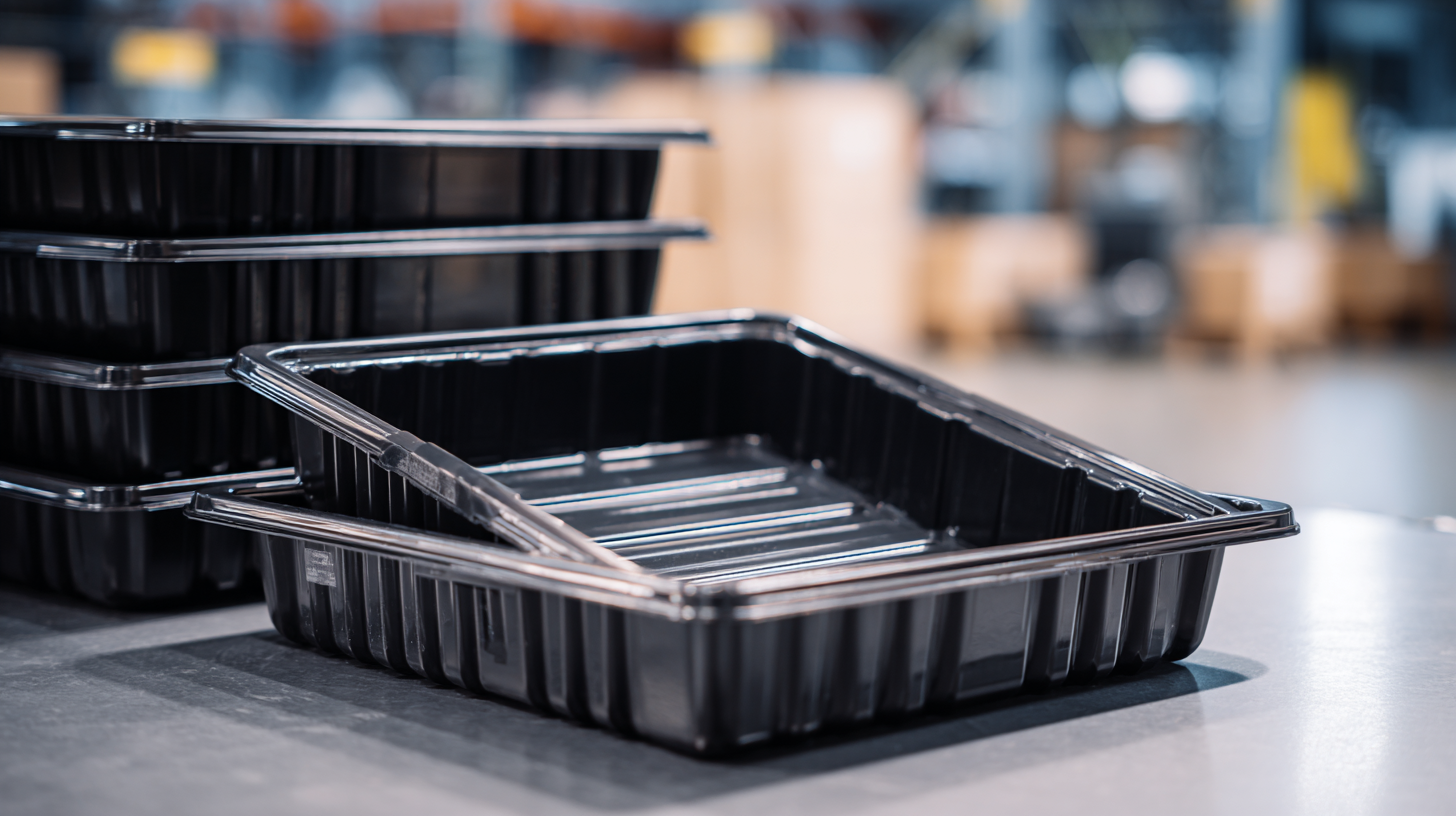
Comparing Cost-Effectiveness of Various Plastic Tray Types
When selecting the right industrial plastic trays for your business, it’s crucial to evaluate the cost-effectiveness of different types. Common options include stackable trays, nesting trays, and specialized trays designed for specific industrial needs. Each type has unique benefits and price points that can significantly impact your overall operational costs.
Tip: When assessing cost-effectiveness, consider the tray's durability and lifespan. Investing in high-quality trays may seem more expensive upfront, but their longevity can lead to significant savings over time. Evaluate how often the trays need to be replaced and factor that into your cost calculations.
Additionally, it’s essential to weigh the functionality against your budget constraints. For instance, while nesting trays can save space and reduce storage costs, they might not be suitable for heavy loads.
Tip: Gather feedback from your team regarding the trays’ usability in real-world applications. Understanding how employees interact with the trays can reveal insights into their effectiveness and help ensure that you choose the best options for your specific operational requirements.
Maintaining Quality and Durability: Choosing the Right Manufacturer
When selecting industrial plastic trays for your business, prioritizing quality and durability is essential. The manufacturer you choose can significantly impact the performance and lifespan of the trays. Look for manufacturers with a strong reputation in the industry and positive customer reviews. They should use high-quality raw materials and advanced manufacturing processes to ensure that the trays can withstand the rigors of daily use without compromising their structural integrity.
Here are some tips to help you choose the right manufacturer: Firstly, request samples before making large orders. Testing the trays for durability and resistance to chemicals will give you a clear indication of their quality. Secondly, consider the level of customization offered by the manufacturer. Your business may have specific needs, and a good manufacturer should be able to accommodate these demands while maintaining product integrity. Lastly, evaluate their customer support and service. A manufacturer that provides excellent after-sales support can be invaluable in resolving issues quickly and effectively.
By carefully selecting a manufacturer that emphasizes quality and durability, your business can ensure that it invests in plastic trays that are not only functional but also long-lasting, ultimately leading to greater efficiency and cost savings.
Comparison of Industrial Plastic Tray Material Durability
Related Posts
-
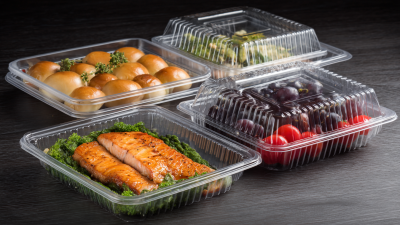
7 Best Practices for Utilizing Plastic Trays in Food Packaging Solutions
-

5 Compelling Reasons to Choose a Large Plastic Tray for Your Business Needs
-
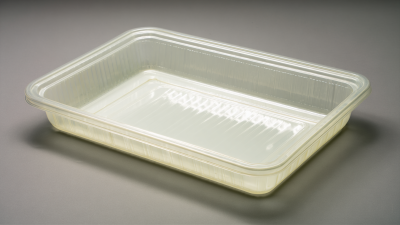
Exploring the Versatility and Benefits of the Best Large Shallow Plastic Tray for Global Buyers
-

What are the Advantages of Using Large Plastic Trays in Various Industries
-
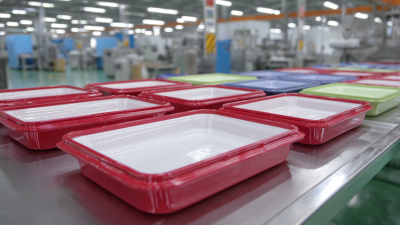
Crafting Excellence: China’s Finest Thermoformed Trays for Global Markets
-
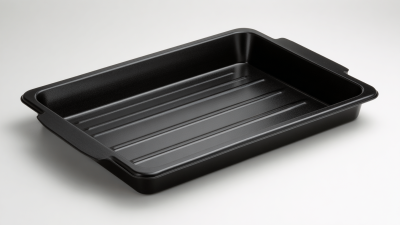
5 Essential Tips for Choosing the Right Rubber Drip Tray to Maximize Safety and Efficiency